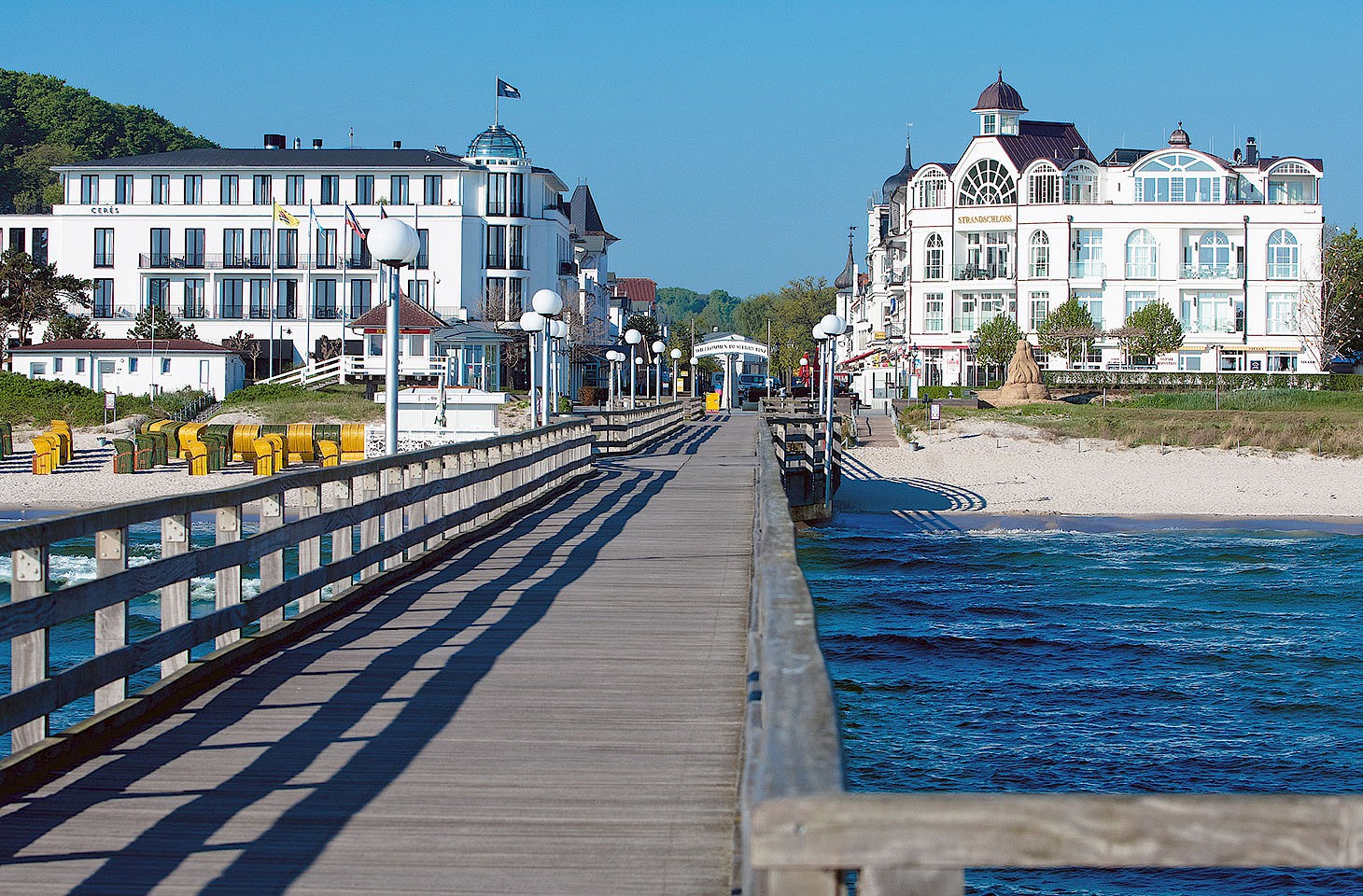We follow a well-paved road snaking up the hillside in a series of tight, hairpin bends. The trees, transformed by the season into a riot of oranges, reds and browns, reach out across the road to create a tunnel of colour. Low cloud and fog mingle with woodsmoke from half-timbered houses in the valley below.
We are on the road in search of the stories of the Cerkno Hills, a range of modest elevantion which rises up to the north of the River Idrijca in western Slovenia. This part of the country is known as the Cerkljanska, a tucked-away world of forested hills and fertile river valleys, steep gorges and high pastures.
The Cerkljanska has been settled since prehistoric times. A Neanderthal pipe discovered in the Cerkno Hills suggests that even 55,000 years ago somebody here was taking time out for a smoke. Slavs arrived in the 7th century, and the hills would later fall under Venetian, Austro- Hungarian and Italian rule. After the Italians surrendered during the Second World War, the Germans occupied the region. It soon became a stronghold of the Partisans and one of the first areas of liberated territory in what would eventually become Tito’s Yugoslavia.
Reminders of the Partisans are everywhere as we drive; each village has its memorials to those who fought and died in the anti-fascist struggle. Some are simple plaques, like one screwed into the wall of the local fire station. Others are more elaborate structures, erected by the roadside or on grassy lookout points with a view across the landscape that these men and women of the Cerkljanska fought to liberate. The red star of Yugoslavia no longer flies over town halls and other public buildings in the region but, judging by the flowers and candles still left by the many memorials, the Partisan sacrifice has not been forgotten.
The Cerkno carnival
From the Neanderthal’s pipe to the Partisan memorials, there are constant reminders in the Cerkno Hills of the challenges of preserving the stories of a place. In the town of Cerkno itself, where the sun has managed to break through the fog to shine down on a group of boys running around the block as part of their school PE lesson, we park the car close to yet another memorial and make our way down the street to the town museum.



